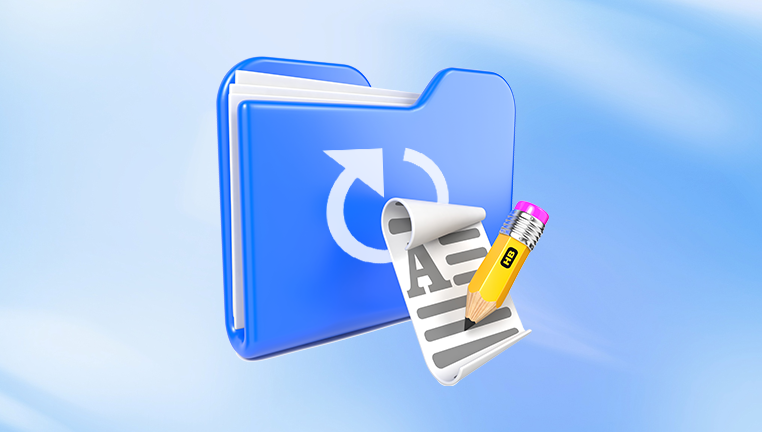Windows is a complex operating system that relies on a myriad of system files to function smoothly. However, these files can become corrupted due to various reasons, leading to system instability, crashes, or unexpected behavior. When Windows detects such corruption, it employs a built-in utility called Windows Resource Protection (WRP). This utility includes the System File Checker (SFC) tool, which scans and repairs corrupted system files.
Windows Resource Protection
Windows Resource Protection is a feature of Windows that helps maintain the integrity of system files. It protects critical system files from being modified or deleted by users or malicious software. When WRP detects any corruption, it attempts to repair these files using a local cache of system files or by retrieving fresh copies from the Windows installation media.

Key Functions of WRP:
File Protection: Monitors important system files to prevent unauthorized changes.
File Recovery: Automatically replaces corrupted files with healthy versions.
User Notification: Informs users when repairs are successfully completed.
Causes of Corrupted Files
Before diving into the repair process, it’s essential to understand why files may become corrupted. Common causes include:
Hardware Failures: Issues with hard drives, RAM, or other components can lead to file corruption.
Malware Attacks: Malicious software may alter or delete essential system files.
Improper Shutdowns: Abruptly turning off the computer can prevent files from saving correctly.
Software Conflicts: Incompatible software can interfere with system operations, leading to file corruption.
Windows Updates: Occasionally, a faulty update may cause issues with system files.
Running the System File Checker (SFC) Tool
The SFC tool is a straightforward way to scan and repair corrupted system files. Here’s how to use it effectively.
Step 1: Open Command Prompt as Administrator
Press Windows + X: This opens the Quick Access menu.
Select Command Prompt (Admin) or Windows PowerShell (Admin): Choose the option based on your Windows version.
Step 2: Run the SFC Command
In the Command Prompt window, type:
bash
复制代码
sfc /scannow
Press Enter: The scanning process will begin. This may take some time, depending on your system’s speed and the number of files.
Step 3: Wait for the Scan to Complete
The SFC tool will perform a thorough scan of your system files. You may see various messages during this process, including:
“Verification 100% complete.”
“Windows Resource Protection found corrupt files and successfully repaired them.”
If the tool finds and repairs corrupted files, it will inform you of the actions taken.
Interpreting SFC Results
After the scan completes, the results will indicate the outcome. Here’s what different messages mean:
No Integrity Violations Found: Your system files are intact and functioning properly.
Corrupt Files Successfully Repaired: The SFC tool identified issues and successfully replaced them with healthy files.
Corrupt Files Found but Unable to Repair: The tool detected corruption but could not fix it. In this case, further steps are necessary.
What to Do If SFC Cannot Repair Files
If you receive the message that SFC could not repair some files, don’t worry. There are additional methods you can try:
Option 1: Use DISM Tool
The Deployment Image Servicing and Management (DISM) tool can repair the underlying Windows image, which may help SFC fix files that it couldn’t repair.
Open Command Prompt as Administrator.
Type the following command and press Enter:
mathematica
DISM /Online /Cleanup-Image /RestoreHealth
Wait for the process to complete: This may take some time. Once finished, run the SFC command again.
Option 2: Perform a System Restore
If corruption issues persist, consider performing a System Restore to revert your system to a previous state.
Press Windows + R to open the Run dialog.
Type rstrui.exe and press Enter: This opens the System Restore wizard.
Follow the prompts to select a restore point: Choose a date before the corruption occurred.
Option 3: Repair Install Windows
If all else fails, you can perform a repair install of Windows, which reinstalls the operating system while preserving your files and applications.
Download the Windows Media Creation Tool from the official Microsoft website.
Run the tool and select Upgrade this PC now: Follow the prompts to complete the repair installation.
Preventing Future Corruption
To minimize the risk of file corruption in the future, consider the following preventive measures:
Regular Backups: Use tools like File History or third-party software to back up important files regularly.
Maintain Hardware: Ensure your hardware components are functioning properly and replace any failing parts.
Run Antivirus Scans: Regularly check your system for malware using trusted antivirus software.
Update Software: Keep your operating system and applications up to date to patch vulnerabilities.
Dealing with corrupted files in Windows can be frustrating, but tools like System File Checker and DISM provide effective solutions. By understanding the causes of corruption and how to use these tools, you can restore your system’s functionality and prevent future issues. Regular maintenance and backups will further protect your system, ensuring a smooth computing experience.
About us and this blog
Panda Assistant is built on the latest data recovery algorithms, ensuring that no file is too damaged, too lost, or too corrupted to be recovered.
Request a free quote
We believe that data recovery shouldn’t be a daunting task. That’s why we’ve designed Panda Assistant to be as easy to use as it is powerful. With a few clicks, you can initiate a scan, preview recoverable files, and restore your data all within a matter of minutes.
Subscribe to our newsletter!
More from our blog
See all postsRecent Posts
- How to recover a deleted slide in powerpoint? 2025-02-27
- How to recover deleted capcut videos? 2025-02-27
- How to recover a file deleted from a shared drive? 2025-02-27










